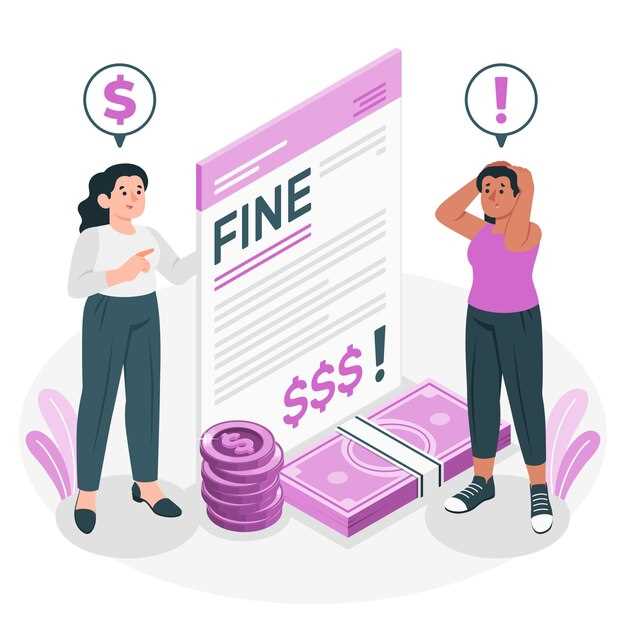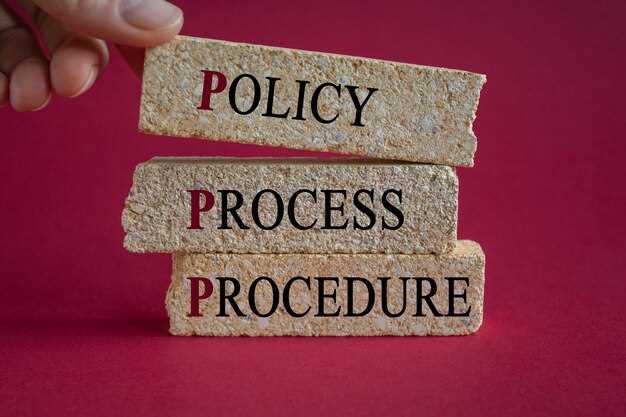

When purchasing a new appliance or electronic device, many consumers are often presented with the option of acquiring an extended warranty. This additional protection can provide peace of mind, but it also comes with various implications that should be carefully considered. Understanding both the benefits and potential downsides of extended warranties is crucial for making a well-informed decision.
On one hand, an extended warranty can cover a wide range of issues, significantly reducing the financial burden of unexpected repairs. This is particularly appealing for individuals who may not have the resources to pay for costly repairs out of pocket. Additionally, these warranties can help maintain the longevity of the product by ensuring that necessary maintenance and fixes are addressed promptly.
Conversely, investing in an extended warranty can be a double-edged sword. Critics often argue that the cost of the warranty may exceed the expenses incurred from repairs if they occur at all. Some also question the actual value of the warranty coverage, as certain conditions and exclusions can limit the scope of what is truly covered. Therefore, consumers must weigh the potential security of an extended warranty against the actual likelihood of needing repairs.
Cost-Benefit Analysis of Extended Warranties for Consumers
When considering extended warranties, consumers must evaluate both the potential costs and benefits associated with these plans. Extended warranties offer coverage beyond the standard warranty period, which can provide peace of mind in case of unexpected repairs. However, they come with an additional expense that may not always justify the financial outlay.
One of the primary benefits of extended warranties is the protection they provide against costly repairs. Many electronic and appliance failures can occur after the standard warranty has expired, leading to significant out-of-pocket expenses. For instance, a major appliance like a refrigerator may require expensive repairs or replacement parts. An extended warranty can alleviate the burden of these costs, particularly for products known for reliability issues.
On the other hand, consumers should assess the likelihood of needing repair services and the actual cost of those repairs versus the price of the warranty. In some cases, the total cost of potential repairs may be lower than the expense of purchasing an extended warranty upfront. Additionally, warranties often come with deductibles or limitations that can make them less beneficial than initially perceived.
Furthermore, many consumers forget that certain repairs may be covered by manufacturer guarantees or consumer protection laws, which could make an extended warranty unnecessary. This aspect requires careful consideration before making a decision.
In summary, a cost-benefit analysis of extended warranties involves weighing the risk of needing repairs against the financial implications of the warranty itself. Understanding individual circumstances, product reliability, and repair costs will guide consumers in determining whether an extended warranty is a worthwhile investment.
Common Repairs Covered Under Extended Warranties

Extended warranties typically cover a range of repairs that can occur after the manufacturer’s warranty expires. These warranties provide peace of mind by protecting consumers from unexpected repair costs. Here are some common repairs that are often included.
Electronics Repairs: Many extended warranties cover malfunctions in electronic devices. This may include issues with televisions, laptops, and smartphones. Common problems include screen damage, hardware failures, and software glitches.
Appliance Repairs: Major household appliances such as refrigerators, washing machines, and ovens frequently require repairs. Extended warranties often cover breakdowns due to mechanical or electrical failures. This can include problems like malfunctioning compressors or faulty wiring.
Automotive Repairs: Extended warranties for vehicles often include coverage for a variety of mechanical and electronic issues. Repairs to the transmission, engine, and braking systems are among the most common claims. Additionally, coverage may extend to electrical components like starters and alternators.
HVAC Repairs: Heating, ventilation, and air conditioning systems can be costly to repair. Extended warranties may include coverage for issues such as compressor failures, refrigerant leaks, and electrical system problems. This ensures that homeowners can maintain their comfort without incurring high costs.
Furniture Repairs: Some extended warranties also cover furniture from damage, including rips, stains, and structural issues. This type of warranty can be particularly beneficial for households with children or pets.
Overall, while extended warranties may add an extra expense, they often provide significant savings on repairs for a variety of products. It is essential to review the specific terms of the warranty to understand what types of repairs are covered. By doing so, consumers can make informed decisions about their warranty options and safeguard against unforeseen repair expenses.
Understanding the Fine Print: What Extended Warranties Really Offer

Extended warranties are designed to provide additional protection to consumers after the manufacturer’s warranty expires. When considering an extended warranty, it’s crucial to carefully read the terms and conditions outlined in the fine print. This section often contains vital information that defines the scope of coverage, exclusions, and conditions that may affect a claim.
One of the key aspects to look for is what types of damage or defects are covered under the extended warranty. Many plans offer protection for mechanical failures but may exclude certain issues, such as accidental damage or normal wear and tear. Understanding these limitations can help you assess whether the warranty meets your needs.
Additionally, the claims process is another critical factor. Extended warranties may have specific procedures for filing claims, including the need for receipts, maintenance records, or inspections. Delays or complications in this process can impact the convenience and effectiveness of your coverage.
Cost is also a significant consideration. Extended warranties can be expensive, and it’s essential to evaluate whether the coverage provided justifies the cost. Sometimes, setting aside the money you would have spent on a warranty may be a more cost-effective strategy in the long run if you rarely encounter issues with the product.
Moreover, it’s beneficial to investigate the reputation of the warranty provider. Reviews and experiences shared by previous customers can shed light on the reliability and customer service quality of the company, helping you make a more informed decision.
In summary, extended warranties can offer peace of mind, but understanding the fine print is essential to ensure that you are fully aware of what the warranty entails. By analyzing coverage, claims processes, costs, and provider reputation, consumers can make informed choices regarding extended warranty options.






